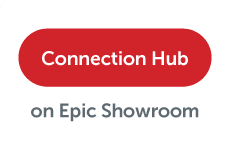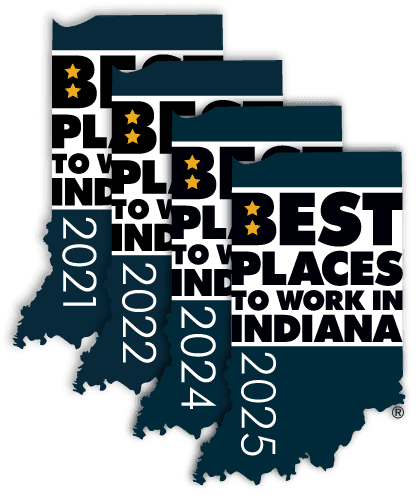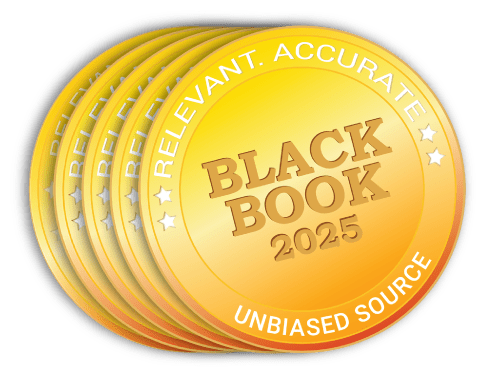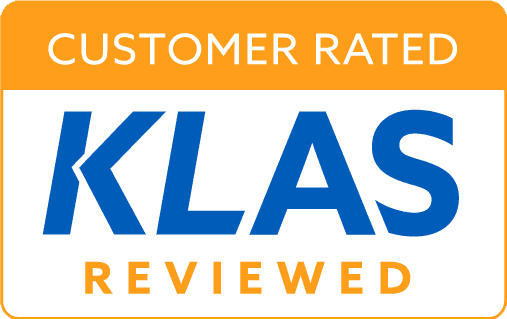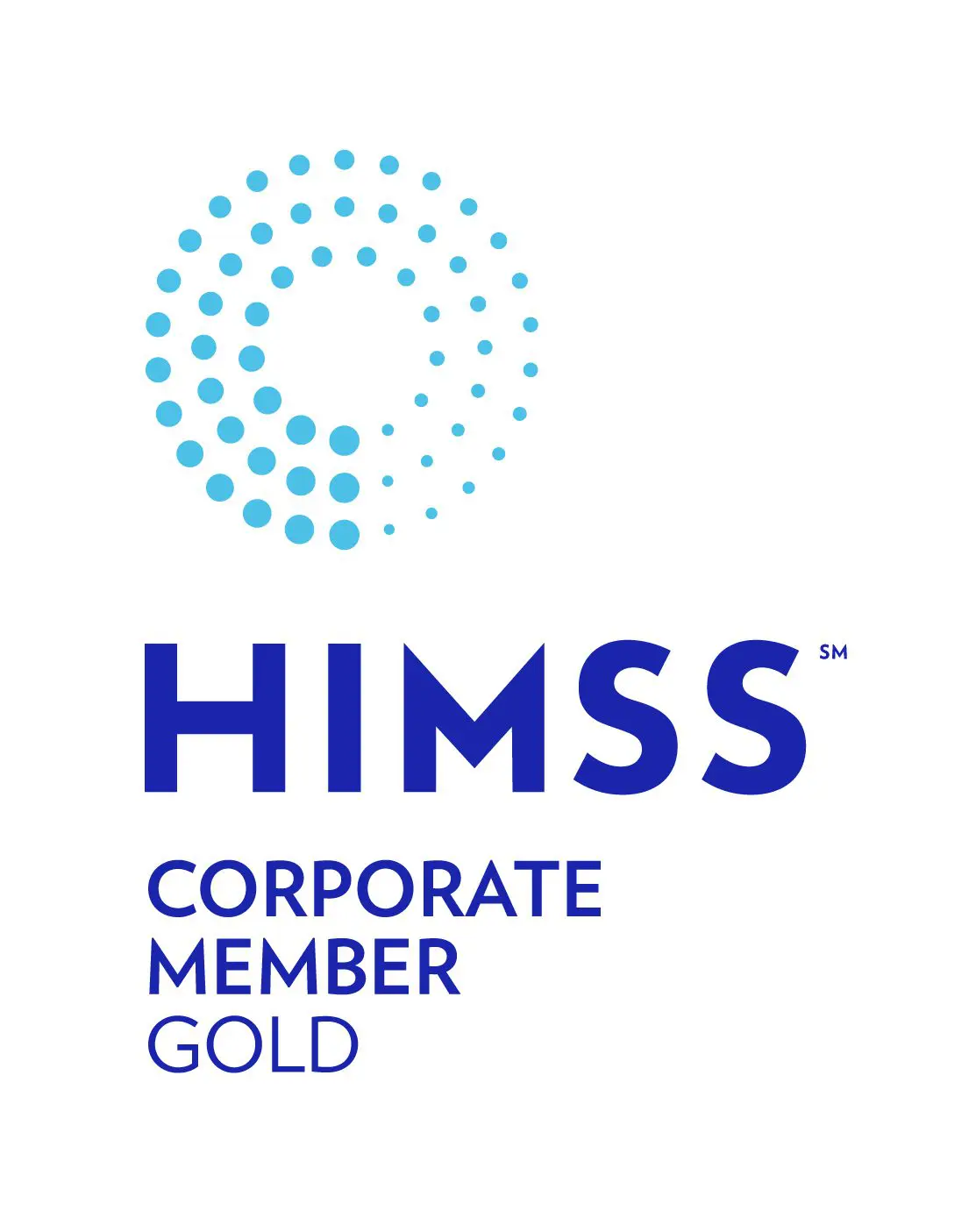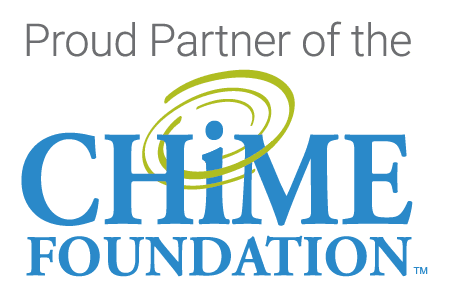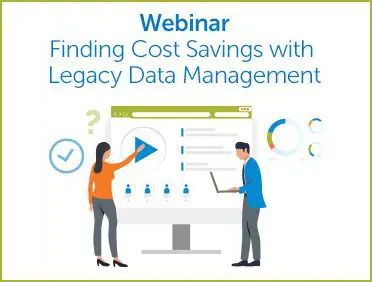
Reducing ongoing costs and taking a cost containment approach with future projects is high on every hospital IT department’s to-do list. A recent webinar, Finding Cost Savings with Legacy Data Management, hosted by Anthony Guerra, Editor-in-Chief of healthsystemCIO, offered numerous cost savings insights as well as guidance on governance, security and planning for the year ahead.
The webinar panelists included:

The panelists answered questions and shared their lessons learned related to legacy healthcare data management with five focus areas of specific insights around reducing costs. To listen to the complete webinar, click here. A brief synopsis is below:
- How have the financial impacts of canceling elective procedures due to COVID-19 impacted the IT budget? And, how are you aligning your archival strategy to guide your organization forward?
“The impact was quite severe…Seems like we’ve weathered the storm, but it was quite impactful. We’re heading into a tough budget season… governance is critical on the big projects and for the dozens to hundreds of smaller requests coming through,” shared Lundal. “End users aren’t pressing for archiving, so it’s a stewardship thing for the organization and a sound business practice for managing technology. The best time to press that is when you get your budget approved to get it locked in.”
- Strategies for IT to reduce expenses – Is it necessary to reduce the application portfolio?
“By reducing the application portfolio, you have the opportunity to reduce the operational burden of maintaining availability of systems, access, and backups and redundancy for preservation of data,” said Page-Santacruz. “All of these things have a cost to them and they’re part of what helps build a compelling ROI for application rationalization.”
“The rationalization and prioritization process is key to support expense reduction. We find larger health systems are centralized and very organized and have all of that in their inventory portfolio, but a good majority don’t have this due to mergers and acquisitions. We provide some best practices to go about gathering the inventory, negotiating with source vendors and sometimes do the extraction work ourselves to minimize the cost for our clients,” shared Hammer.
- What are cost-effective techniques to work with applications that sunset?
“Customers’ past point of reference was thinking they need to migrate all of their data – so over the years we’ve developed best practices around what should be migrated and what should be archived,” shared Hammer. “An archive can provide the same level of comfort and ease of the previous systems, with Single Sign-On from a core application… and there is a cost savings there.”
- What are hard and soft cost savings achieved with archiving legacy systems?
“There are maintenance costs, storage costs and soft costs like time it takes having all of those applications in your portfolio,” shared Lundal. “There are costs of expertise too. Like if Bob is the only guy who knows XYZ system, what are you going to do if Bob leaves?”
“The most important soft cost you could quantify is the value of the clinician’s time they spend searching for information about a patient when you don’t have all your data in one place,” said Page-Santacruz. “[With an archive], the clinician doesn’t have to leave the EHR they’re working in to access the historical data, so it’s really huge how valuable that time saver is for clinicians.”
- What are the security considerations that must be taken into account when sunsetting applications? What are some hidden dangers or risk costs that can’t be overlooked?
“Many of these old applications sit on servers that are 2003, 2008…we just took care of a server from a 2000 application the other day. You don’t want these servers in your organization,” said Page Santacruz.
“Archiving is definitely a security play,” said Lundal. “Getting your access right, so those who need access have it, but that is tracked with an access management process. There’s a lot of involvement upfront from security and then access management becomes the game…it’s important to have an external party come in and continually audit and test you in making sure that the archive is part of that program.”
Looking for a healthcare data management firm with deep experience migrating and archiving patient, employee and business records? Our team of experts has extracted, converted, migrated and retained data from over 500 clinical, financial and administrative software brands.
That information is secured on our cloud-based storage platform, HealthData Archiver®, which is live in production on Epic’s App Orchard. Harmony Healthcare IT has been ranked #1 in the 2020 Best in KLAS Software & Services Report as a Category Leader in Data Archiving, and as the top data extraction and migration healthcare IT company according to Black Book™ Market Research in 2019 and 2020. We were also selected by Modern Healthcare as one of the 2019 Best Places to Work in Healthcare.
Note: To read a summary article about the webinar by healthsystemCIO, click here. You can listen to the full webinar here.

